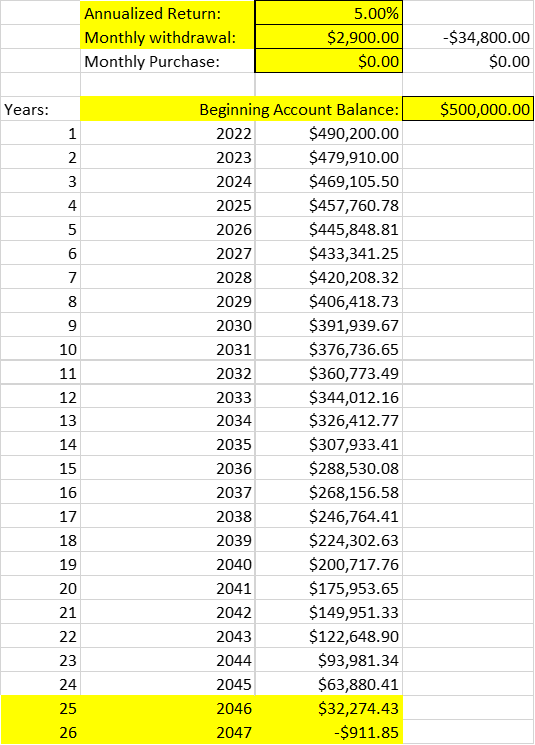It’s that wonderful time of year again. The NCAA Basketball Tournament is upon us. The seeds are set and the madness is ready to begin. One team will win six straight games against the best teams in the country. Teams are seeded 1-16 in four regional brackets based on their end of season rank. Gonzaga, Baylor, Kansas and Arizona are the top seeds this year.
Since the tournament was expanded to 64 teams, a 1,2 or 3 seed has won the Championship 30 of the last 32 years. That is almost a 94% chance that one of the top 12 teams will win the whole thing! Only Connecticut in 2014 (a 7 seed) and Arizona in 1997 (a 4 seed) have blemished this amazing run of top seeds. Why do the other 52 teams even show up?
They show up because, even though the champion is usually a top 12 team, the other 11 best teams lose somewhere along the way. The first two rounds of the tournament are the most exciting. There are ALWAYS a few major upsets, one of the reasons it is called March Madness. I’ll be rooting for the #2 seed Duke Blue Devils, as this is coach K’s last tournament before he retires.
The basketball tournament every March isn’t the only exciting thing this time of year. The stock market, both this year as well as years in the past, can be filled with madness in March. The stock and bond markets have experienced negative returns across the board this year, with no end in sight. At the time of this writing, the Russia-Ukraine crisis has pushed the price of oil futures to over $130/barrel, twice the price they were just a year ago. Consumers are feeling it at the gas pump as many states now seeing $4-5/gallon prices. Wheat futures have risen over 40% this year alone. I paid $3.49 for a loaf of bread last week that was $1.99 six months ago.
In March 2000, the S&P 500 hit new multi-year highs. That was the top as the market rolled into multi-year bear market. That bear market ended in March 2003, which started a steady 4+ year bull market. The 2008 bear market ended in March 2009 as the market finally found a bottom after a vicious 16+ month slide that saw major stock indices fall over 50%. As recently as March of 2020 we all remember how the market went into a freefall as COVID became a quick reality and oil drillers couldn’t give oil away.
We are seeing market volatility this March that we haven’t seen in thirty years. The market ups and downs can drive you mad if you are watching your investments every day or if you don’t have risk management as part of your investment strategy. At Spectrum our clients let us manage the day-to-day volatility of the markets in their portfolios so they can do other things. We want you to spend your free time watching some exciting basketball this time of year. Relax with family, go on a vacation, go see a movie, sleep well at night.
We have been managing client investment portfolios for over 30 years, through all sorts of March madness. Let us take some of the madness out of your buy and hold investment portfolio. Our clients use various actively managed mutual funds based on their individual risk profile. Call us today at 1-888-463-7600 and speak with our Investor Services team about what makes us different from other advisors.


